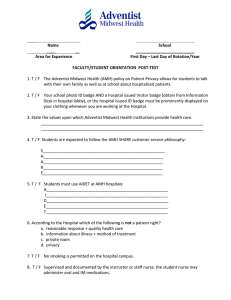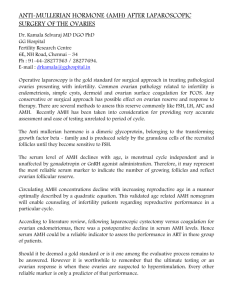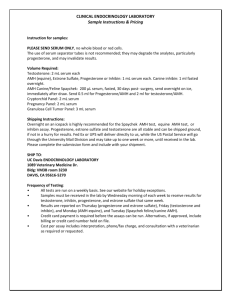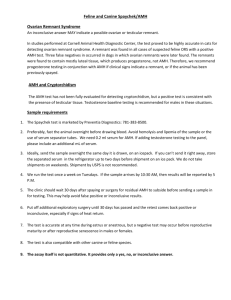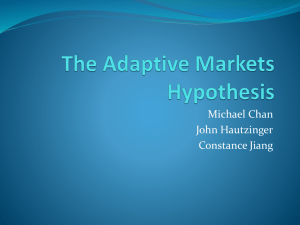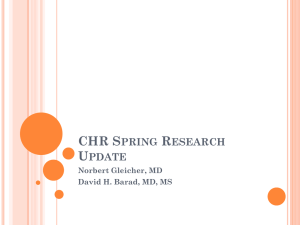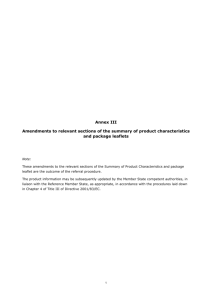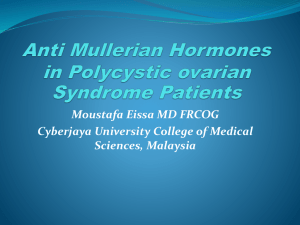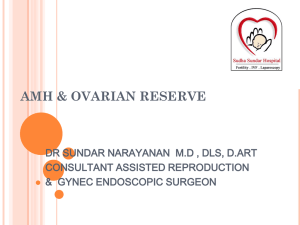Equine AMH
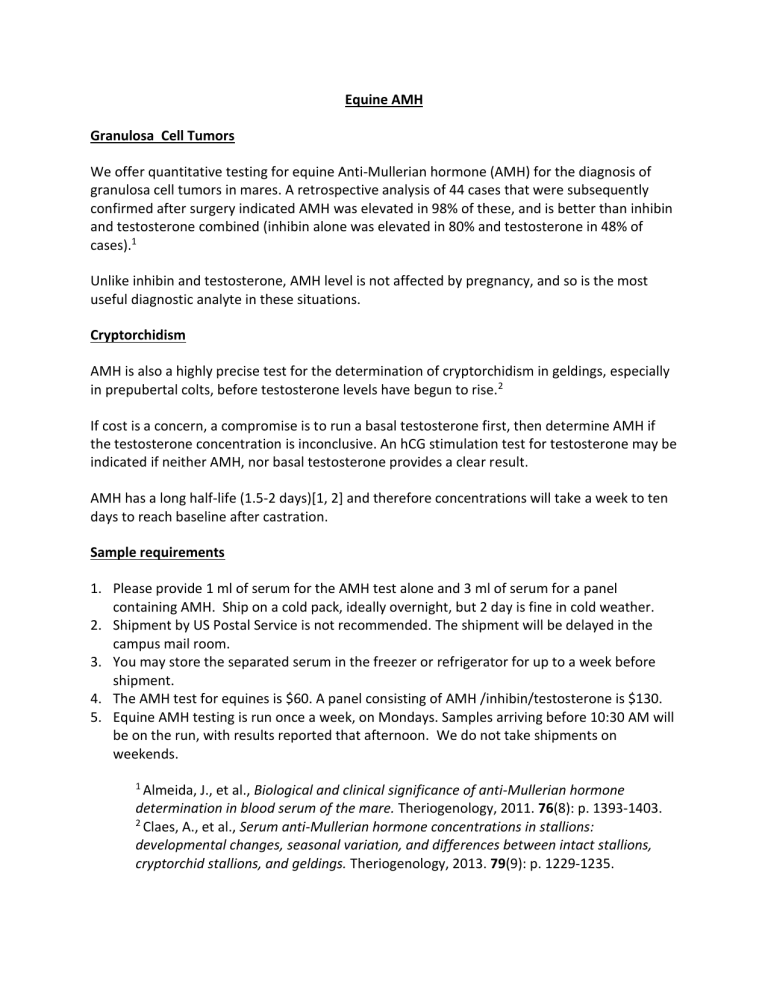
Equine AMH
Granulosa Cell Tumors
We offer quantitative testing for equine Anti-Mullerian hormone (AMH) for the diagnosis of granulosa cell tumors in mares. A retrospective analysis of 44 cases that were subsequently confirmed after surgery indicated AMH was elevated in 98% of these, and is better than inhibin and testosterone combined (inhibin alone was elevated in 80% and testosterone in 48% of cases).
1
Unlike inhibin and testosterone, AMH level is not affected by pregnancy, and so is the most useful diagnostic analyte in these situations.
Cryptorchidism
AMH is also a highly precise test for the determination of cryptorchidism in geldings, especially in prepubertal colts, before testosterone levels have begun to rise.
2
If cost is a concern, a compromise is to run a basal testosterone first, then determine AMH if the testosterone concentration is inconclusive. An hCG stimulation test for testosterone may be indicated if neither AMH, nor basal testosterone provides a clear result.
AMH has a long half-life (1.5-2 days)[1, 2] and therefore concentrations will take a week to ten days to reach baseline after castration.
Sample requirements
1.
Please provide 1 ml of serum for the AMH test alone and 3 ml of serum for a panel containing AMH. Ship on a cold pack, ideally overnight, but 2 day is fine in cold weather.
2.
Shipment by US Postal Service is not recommended. The shipment will be delayed in the campus mail room.
3.
You may store the separated serum in the freezer or refrigerator for up to a week before shipment.
4.
The AMH test for equines is $60. A panel consisting of AMH /inhibin/testosterone is $130.
5.
Equine AMH testing is run once a week, on Mondays. Samples arriving before 10:30 AM will be on the run, with results reported that afternoon. We do not take shipments on weekends.
1 Almeida, J., et al., Biological and clinical significance of anti-Mullerian hormone
determination in blood serum of the mare. Theriogenology, 2011. 76(8): p. 1393-1403.
2 Claes, A., et al., Serum anti-Mullerian hormone concentrations in stallions: developmental changes, seasonal variation, and differences between intact stallions,
cryptorchid stallions, and geldings. Theriogenology, 2013. 79(9): p. 1229-1235.
